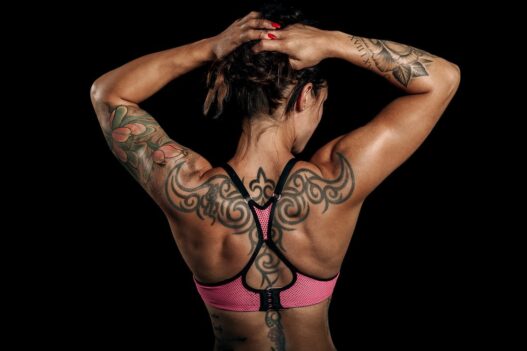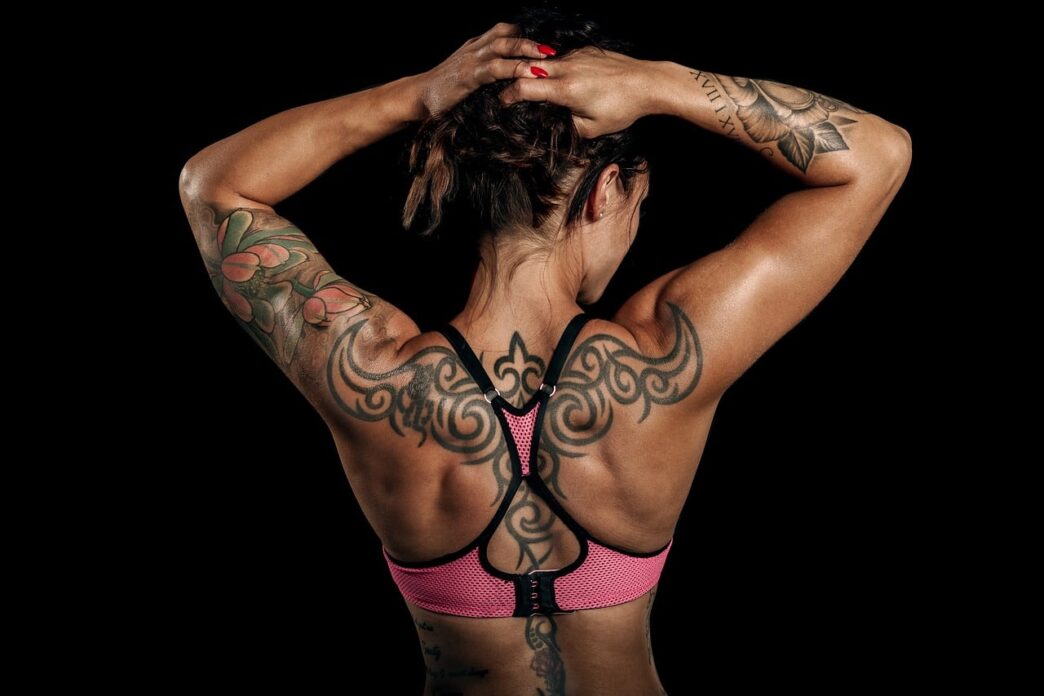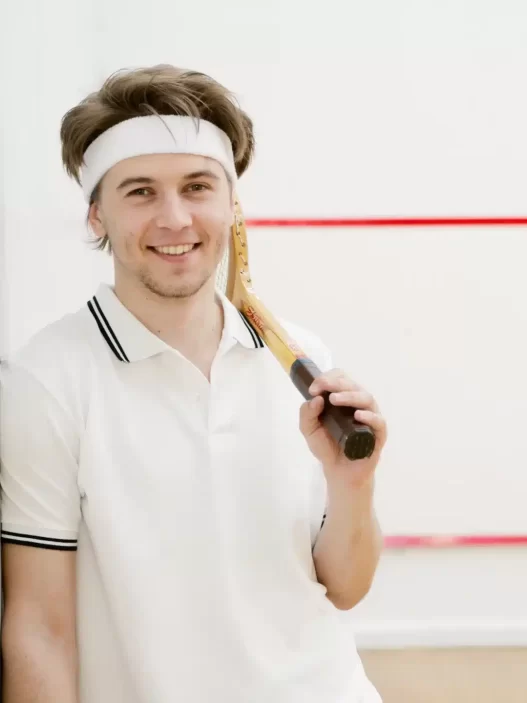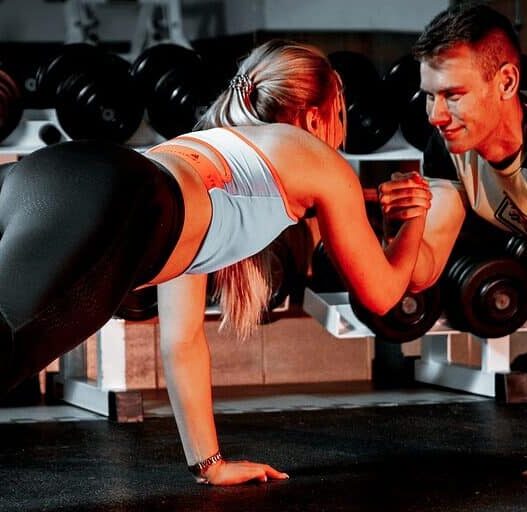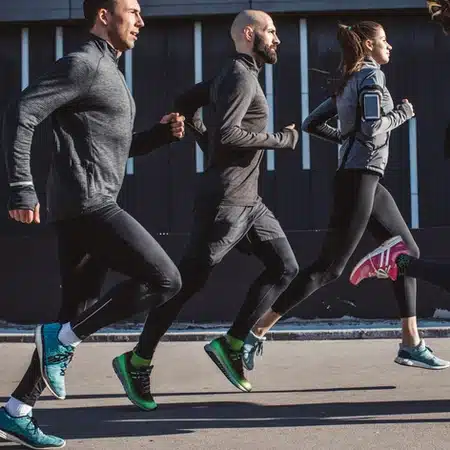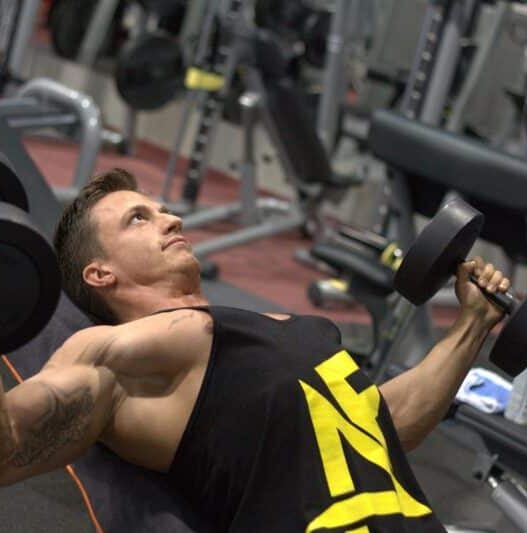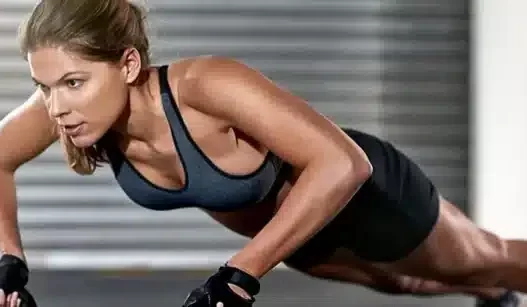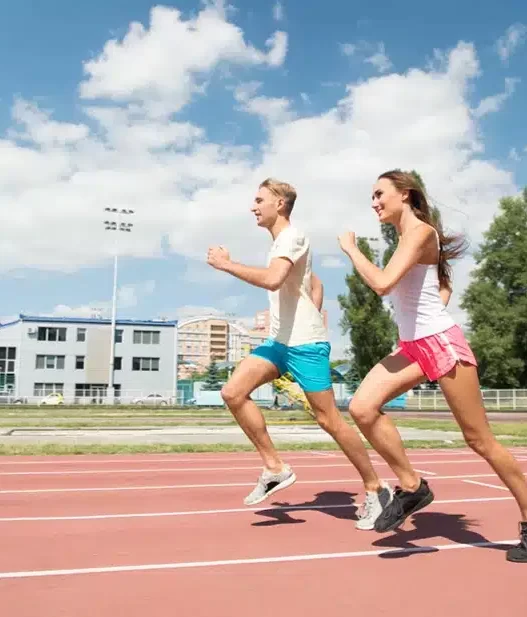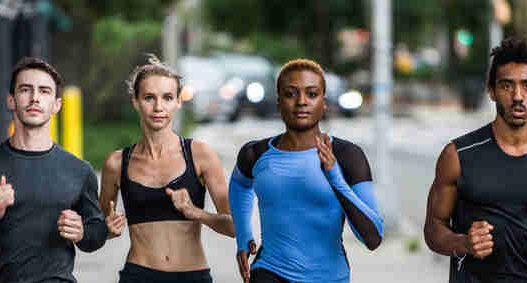In certain parts of the country, endurance athletes are faced with the difficult challenge of training during the winter months. How do we perform sports specific training during the winter? That is the one question we need to ask.
The first thing I would incorporate in any sports specific training program is to assess movement patterns. You can perform a simple test by holding your hands on your hips and performing a single-leg squat. The objective is to squat as close to ninety degrees as possible and hold this eccentric phase of the squat for one second before rising, you want to complete this movement for at least ten reps before moving on to the other leg. This assessment was developed by Jay Dicharry. He would use this assessment for his clients to identify any muscle imbalances they have developed before giving them any sports specific training program to enhance their performance. He would also include mobility tests of the ankle, hamstring, core, and posture assessment to analyze the individual strengths and weaknesses so that way he can develop an individualized sports specific training program for his clients.
Sports Specific Training – Stabilization Exercises
The stabilization exercises of the sports specific training program are comprised of the following:
DAY ONE
Day 1 of the sports specific training for stabilization includes the following exercises:
Long Lever Marches: 3*60 sec
Hamstring Walks: 3*60 sec
Frog Press: 3*60 sec
Clamshell: 2*20 and build up to one set of 100 reps.
Long Lever Marches
- To perform Long Lever Marches, assume a supine plank position and lift both your right and left leg for sixty seconds. Rest for a moment and then repeat these two more times.
Hamstring Walks
- For the Hamstring Walks, assume a bridge position and while dorsiflexing the ankles, walk away from and towards you continuously for sixty seconds. Rest for a moment and repeat this two times.
Frog Press
- For the Frog Press, please assume a supine position and bend your legs like if you were trying to perform a butterfly stretch and press up off the floor. To make the exercise more challenging, you can hold a kettlebell or medicine ball, rest for a moment, and repeat this two times.
Clamshell
- For the clamshell begin lying on your side with your torso and pelvis both perpendicular to the ground and straighten your spine. Many of us slump on the floor while performing this exercise, slightly lift the belly up off the floor to create a stable core position. Now you want to squeeze your glutes and lift only the knee up until it is level with the hip. (Dicharry, Anatomy for Runners 2012).
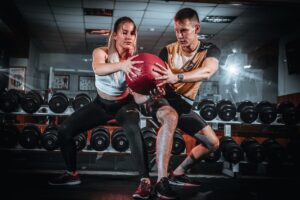
DAY TWO
Day 2 of the Sports specific training for stabilization includes the following exercises:
Chair of Death: 2*10 reps
Donkey Kicks: 2*10 reps
Pigeon Hip Extension: 2*10 reps
Chair of Death
- To perform the Chair of Death, please face either a bench or a similar object. Also, place the dowel or PVC pipe behind your neck and lower back. Make sure you keep your neck and lower back in contact with this object. You also want to make sure your knees are in contact with the bench as you squat down, that will be one rep. Note: Jay Dicharry came up with this exercise and he describes it in his book Anatomy for Runners 2012.
Donkey Kicks
- Assume a quadruped position, squeeze your glutes and keep the spine neutral and reach one leg back and out to the side. (Dicharry, Anatomy for Runners 2012)
Pigeon Hip Extension
- The purpose of this exercise is to isolate the glute max and to extend the hip while keeping the spine stable. You want to get on the floor on your hands and knees and tuck one leg underneath your chest (similar to the pigeon pose in yoga). You want to rest your arms on your elbows and contract your glutes. While keeping your toes still on the ground, lift your knee straight off the floor. (Dicharry, Anatomy for Runners 2012)
DAY THREE –
Day 3 of the Sports specific training for stabilization includes the following exercises:
Sliding Adductor Lunges: 2*20 reps
Hip Hikes: 2*20 reps
Standing Hip Extension: 2*20 reps
Sliding Adductor Lunges
- To perform Sliding Adductor Lunges, please try to stand tall with one foot and pull your hips back and bend your other knee to the side (bent knee should be at least ninety degrees). Then stand up by sliding your foot back into the starting position.
Hip Hikes
- To perform the Hip Hike, stand on one leg with your hands on your hips. Without shifting your trunk, drop the opposite side of the pelvis down, return it back to level and then raise it up. That is one rep. Please complete ten reps and then build up to twenty reps. (Dicharry, Anatomy for Runners 2012.)
Standing Hip Extension
- To perform Standing Hip Extension, place your hands on your pelvis, stand on one leg with the opposite leg bent at ninety degrees. Push the foot into an imaginary wall behind you that you do not allow your pelvis and spine to move as you extend your hip. That is one rep. Please complete ten reps and then build up to twenty reps. (Dicharry, Anatomy for Runners 2012.)
DAY FOUR –
On day 4, please repeat Day One of the sports specific training exercises
DAY FIVE –
On day 5, please repeat Day Two of the sports specific training exercises
DAY SIX –
On day 6, please repeat Day Three of the sports specific training exercises
DAY SEVEN –
Off (0)
Please follow this schedule for three weeks before moving on to the strength phase of the sports specific training program.
Sports Specific Training – Strength Phase
The strength phase of the sports specific training program would consist of the following:
- Split Squat Jumps: 5 reps
- Goblet Squats: 5 reps
- Single Leg Squats: 10 reps
- Single Leg RDL (Romanian Dead Lift): 10 reps
- Lunge to March: 10 reps
Please quickly move from one exercise to the next without sacrificing form also take a two-minute recovery and then repeat steps one through five.

Sports-Specific Training – Plyometric Phase
Then we would move on to the plyometric phase of the sport specific training program.
This would consist of the following:
- High Knee Jumps: 2*5 reps
- Drop Jumps: 2*5 reps
- Straight Legged Bounds (Scissors): 2* 50 meters
- Single-Leg Squat Jumps: 2* 5 reps
- Lateral Jumps: The purpose of this exercise is to recruit your lateral hip stabilizers at a much higher intensity. Jump sideways for ten reps and aim for 3 sets (Dicharry, Anatomy for Runners 2012.)
- Lateral Hops: The goal of this exercise is to improve ankle stability. Please aim for two sets of fifty-meter hops.
In conclusion, by performing these sports specific training sessions, not only you will build your foundation for the upcoming competitions during the spring and summer racing season but also you can prevent injury.
Also, please do subscribe to www.healthieyoo.com for more tips on increasing your sports or athletic performance.

Venkat Reddy is a NASM certified personal trainer, Certified Strength and Conditioning Specialist (CSCS) through the NSCA and a Functional Movement Screen Specialist who is based in the New York Metropolitan Area, United States
